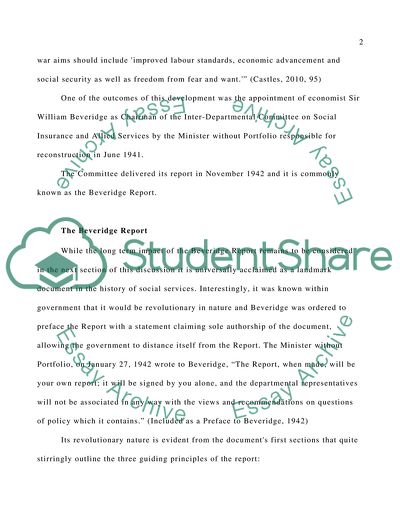Cite this document
(The Beveridge Report: Its Origins and Outcomes Case Study, n.d.)
The Beveridge Report: Its Origins and Outcomes Case Study. Retrieved from https://studentshare.org/politics/1746279-1outline-the-main-features-of-the-beveridge-report-of-1942-review-the-influence-of-the-report-on-the-development-of-welfare-support-in-the-second-half-of-the-twentieth-century
The Beveridge Report: Its Origins and Outcomes Case Study. Retrieved from https://studentshare.org/politics/1746279-1outline-the-main-features-of-the-beveridge-report-of-1942-review-the-influence-of-the-report-on-the-development-of-welfare-support-in-the-second-half-of-the-twentieth-century
(The Beveridge Report: Its Origins and Outcomes Case Study)
The Beveridge Report: Its Origins and Outcomes Case Study. https://studentshare.org/politics/1746279-1outline-the-main-features-of-the-beveridge-report-of-1942-review-the-influence-of-the-report-on-the-development-of-welfare-support-in-the-second-half-of-the-twentieth-century.
The Beveridge Report: Its Origins and Outcomes Case Study. https://studentshare.org/politics/1746279-1outline-the-main-features-of-the-beveridge-report-of-1942-review-the-influence-of-the-report-on-the-development-of-welfare-support-in-the-second-half-of-the-twentieth-century.
“The Beveridge Report: Its Origins and Outcomes Case Study”, n.d. https://studentshare.org/politics/1746279-1outline-the-main-features-of-the-beveridge-report-of-1942-review-the-influence-of-the-report-on-the-development-of-welfare-support-in-the-second-half-of-the-twentieth-century.


